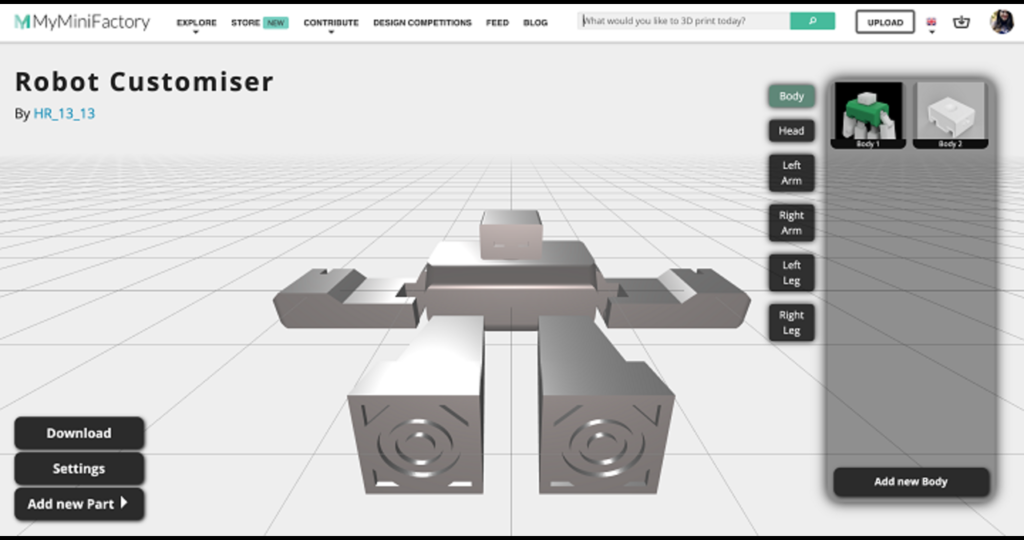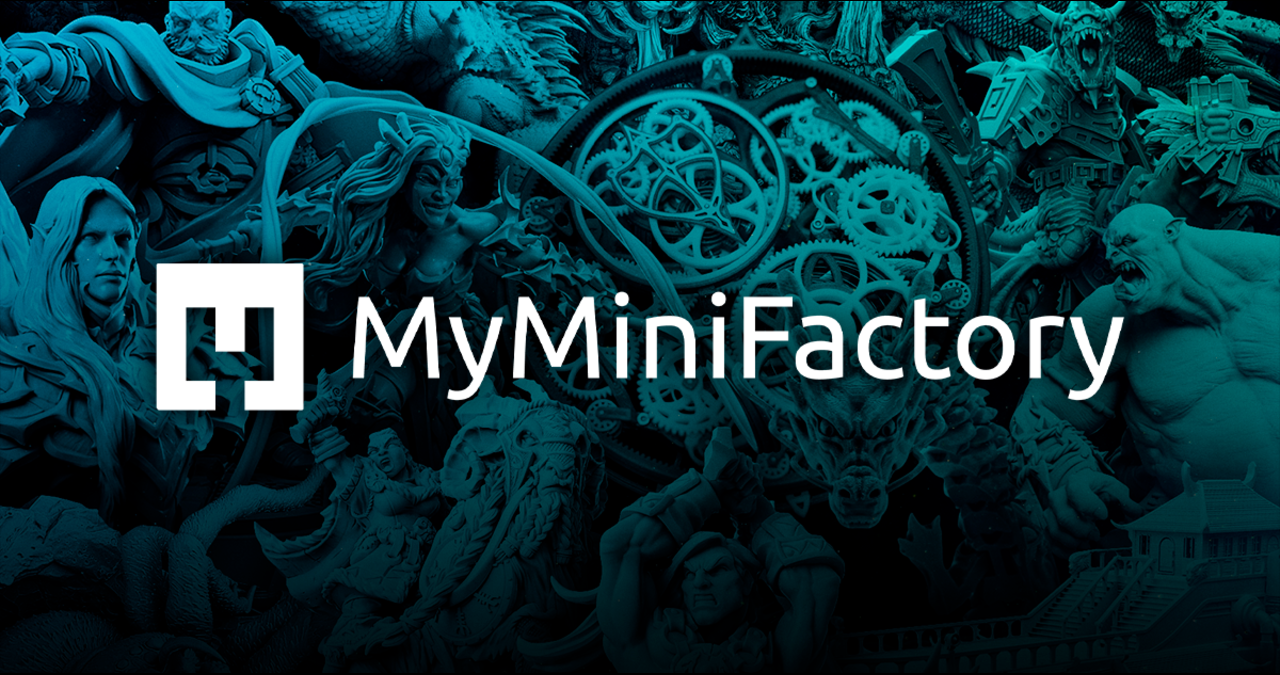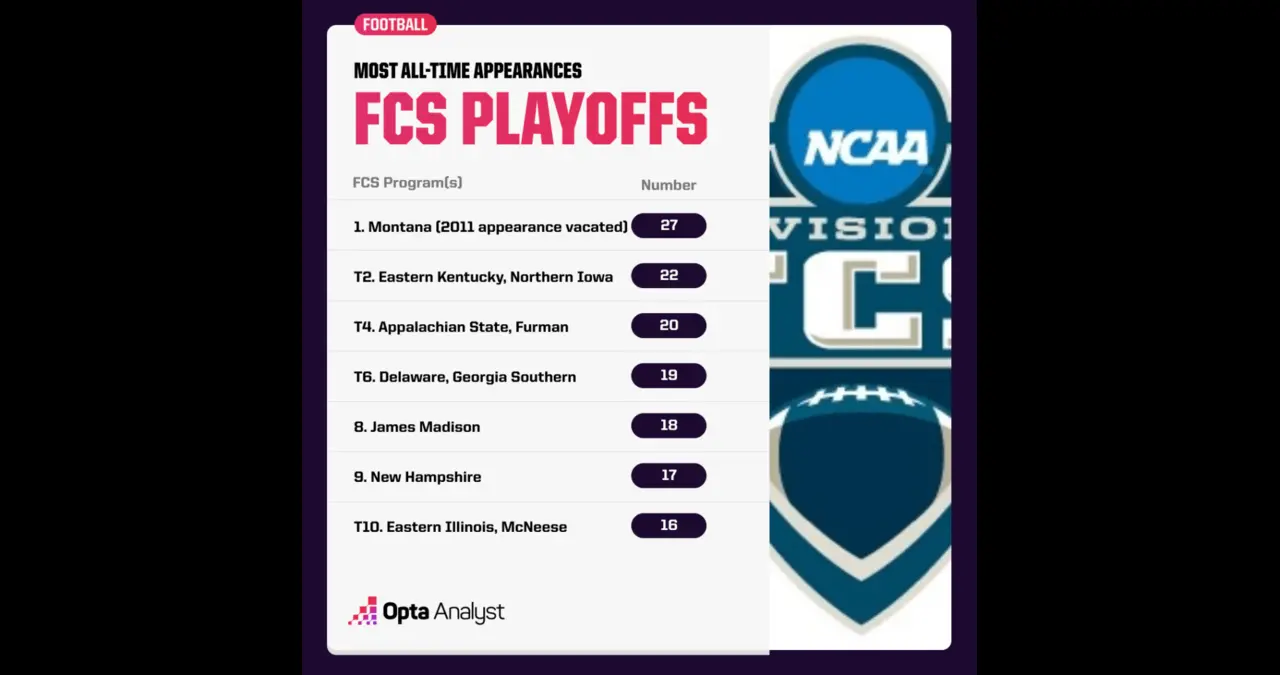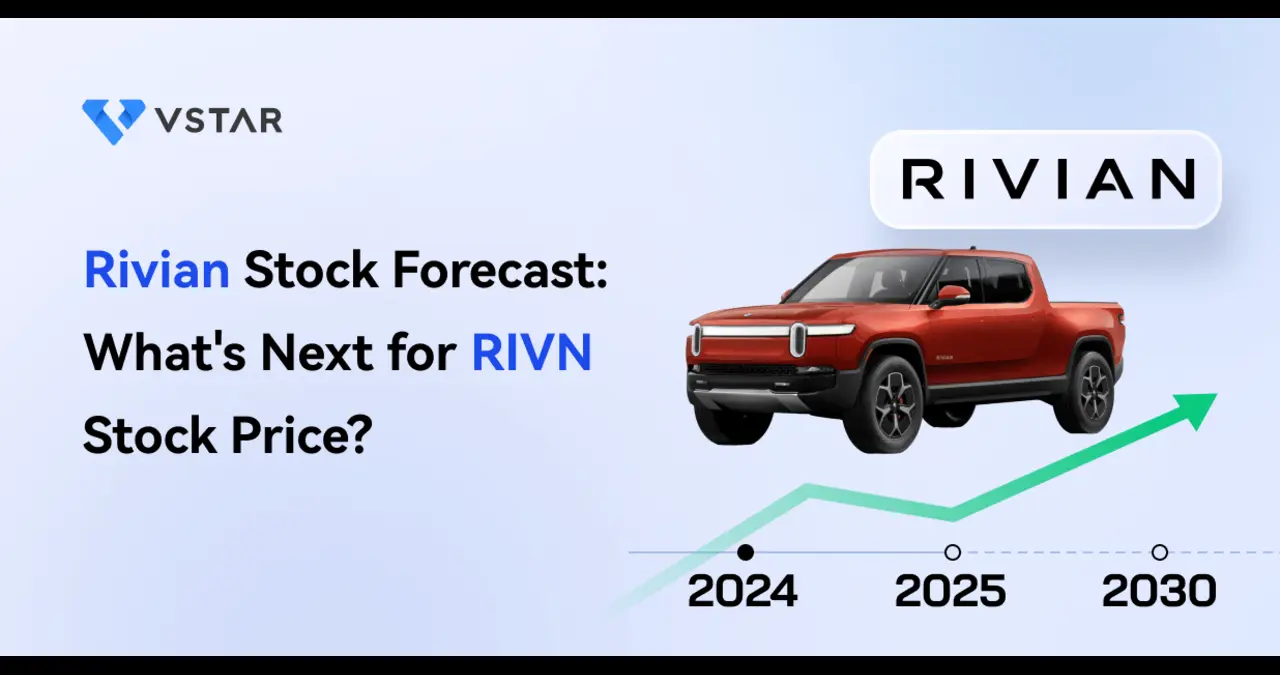MyMiniFactory is a captivating platform that brings together creators, enthusiasts, and experts in the realm of three‑dimensional printing. As someone deeply immersed in the 3D printing world, I’m always excited to discuss this vibrant hub, where artistry and technology converge. In the sections that follow, we’ll explore MyMiniFactory from multiple perspectives—its history, features, creative potential, educational value, and more. Alongside a casual yet informed tone, expect detailed insights, hands‑on guidance, and no grammatical slip‑ups. We’ll wrap up with FAQs and a quick bio table for easy reference.
The Origins and Evolution of MyMiniFactory
MyMiniFactory began with a simple yet profound idea: to create a secure and inspiring space where 3D printing enthusiasts could freely share and download designs. At its inception, the goal was straightforward—offer a repository where each design is previewed, curated, and verified printable. This principle of verified files quickly set MyMiniFactory apart, ensuring that anyone browsing wouldn’t have to worry about failed prints due to faulty STL files. Over time, it grew from a modest community of hobbyists to a global hub where professionals, independent artists, and educators alike converge.
Early on, MyMiniFactory’s dedication to quality built trust among its users. Curators manually checked each contribution, verifying printability and proper licensing. This effort fostered a safe environment for both designers and users. Later, they introduced partnerships with museums, brands, and celeb collaborations, cementing their reputation as a leading platform in the 3D printing ecosystem. Today, it’s no surprise that MyMiniFactory is recognized not just for community‑driven content, but also for professional quality and cultural relevance.
Core Features That Make MyMiniFactory Stand Out
One of the first things you’ll notice is the disarmingly intuitive interface of MyMiniFactory. The homepage greets you with trending designs, staff picks, and themed collections, making it easy to find inspiration right away. Whether you’re into cosplay accessories or intricate sculptures, the platform’s tagging and search features allow you to navigate effortlessly.
Behind the sleek interface, there’s a robust foundation that enables designers to upload files, add detailed instructions, set licensing terms, and even attach images. Creations are enriched by slicing presets, filament recommendations, and community reviews. The printing community can then test those uploads and leave feedback. This helps readers understand if a model needs support, or minor tweaks, or serves best for resin printers. That attention to detail means MyMiniFactory offers not just downloads, but truly usable designs.
Other notable features include the gamified experience that encourages users to earn badges through uploading, printing, and sharing. This recognition system builds encouragement and keeps creative momentum alive. Plus, the Foundation program lets artists commission work, while competitions and challenges spur innovation. These aspects foster community spirit and push artistic boundaries.
Creative Expression: From Personal Projects to Global Collaborations
When I dive into MyMiniFactory, what always fascinates me is the sheer diversity of design styles. You might find someone’s interpretation of a retro arcade joystick alongside a sculptural vase inspired by nature. There’s room for everything—character busts from indie games, practical tools like cable organizers, or whimsical accessories such as miniature tent lamps.
What makes those designs stand out is the collaborative energy. Many designers update their models based on user feedback, post post-printing results, or share slicing advice for PLA or PETG. Imagine printing a creature with hollow body parts and discovering an optimized infill strategy shared by another enthusiast. That’s pure community magic.
Even more compelling are the global partnerships. MyMiniFactory collaborates with cultural foundations and museums, bringing artifacts into digital form. Educational editions empower classrooms to integrate 3D design and printing into their curriculum. Paired with community‑sourced commentary and documentation, it becomes both a learning experience and a creative outlet. These global collaborations transform personal passion into community enrichment.
Why Verified Files Matter: Reliability in Every Print
A standout strength of MyMiniFactory is the concept of verified files. When you download a model, you can have confidence it has been tested—and dialogue from someone who printed it. That mitigates the guesswork often found in generic STL repositories.
For beginners, this means less risk. A minuscule typo in file preparation can lead to zipper artifacts, stringing, or bottom layers that don’t adhere. MyMiniFactory’s curation process catches these issues early. File authors receive constructive feedback, which enhances upload quality over time. Designers become more meticulous, embedding support structures or specifying slicing settings.
Ultimately, the reliability of verified files translates into lower frustration, especially for those printing complex models. There’s a sense of trust that helps users feel at ease exploring designs, particularly large or detailed prints. MyMiniFactory’s name has come to represent not just quantity—but quality.
Educational Potential: Empowering Classrooms and Lifelong Learners
MyMiniFactory isn’t just a hobbyist playground—it’s also an educational powerhouse. Teachers worldwide use it to introduce students to design thinking, geometry, and digital manufacturing. The curriculum can cover module lessons like exploring ASCII Arts, dual‑extrusion design theory, or mechanical assembly principles.
In many classes, students browse MyMiniFactory for project ideas—ranging from desk organizers to mold bases for silicone crafting. They can download, and then tweak the design using beginner‑friendly CAD tools. This encourages rapid iteration and creative problem-solving. As a result, kids get real‑world perspectives on scaling, tolerances, and design for manufacturing.
Even outside schools, MyMiniFactory supports curious learners. Many tutorials and video logs accompany models. With licensing, the platform positions itself as a locus for both contribution and exploration. You learn not just how to print, but why a design is shaped in a certain way, or how different printer settings influence results. For lifelong learners, it’s a treasure trove.
API & Customization: Extending the MyMiniFactory Experience
For those with developer chops, MyMiniFactory’s API and widget tools are game changers. You can embed models directly on your website or app, complete with viewer, download links, and metadata. This is popular among designers embedding portfolios, or companies showcasing digital collectibles.
MyMiniFactory’s API offers access to search, model details, and user interactions. Developers can integrate model search into maker spaces’ web portals, filter designs by tag or popularity, and track download stats. It’s flexible enough to support automation, data collection, or integration with donation or fundraising platforms for charity‑oriented design challenges.
Designers or brands can even use the customization capabilities to craft personalized giveaways. Imagine commissioning create‑your‑own bobbleheads, crowdsourced by user‑generated selfies, and distributed as 3D files. That’s where creative customization meets community power.
Sustainability and Future‑Forward Design on MyMiniFactory
Sustainability is a growing thread throughout the 3D printing community. MyMiniFactory supports this by showcasing filament‑efficient designs, upcycling strategies, and multi‑material prints that reduce waste. Many creators label their uploads as optimized for recycled PLA, bio‑based PETG, or composite blends.
The community frequently engages in zero‑waste challenges—where print orientation, infill patterns, and modularity combine to minimize material usage. MyMiniFactory encourages this dialogue, offering tutorials and tips. The result is a culture of conscious making, where aesthetics and ethics thrive side by side.
Looking ahead, future‑forward design pushes into carbon‑captured filament use, open‑source hardware, and large‑scale printing. MyMiniFactory is setting an example by promoting biodegradable material sets, safe chemical handling guides, and small-batch manufacturing techniques. For eco‑minded creators, it’s not just 3D printing—it’s mindful production.
Monetization and Support for Creators
Many designers contribute for free, but MyMiniFactory also offers paths for monetization. The “tip jar” and donation features allow users to support creators directly. Some designers offer premium models at modest prices, bundling additional content like texture files or slicing profiles.
The Foundation program takes this further. Creators can bid for sponsored projects or brand collaborations. They gain exposure and often receive financial backing for creative work. Meanwhile, top-performing designs may appear in curated collections or on featured pages—enabling organic marketing and visibility.
This balanced model empowers both hobbyists seeking recognition, and professionals looking to earn from their craft. It reinforces a cycle where quality and innovation are rewarded, benefiting creators and users alike.
Community Events, Contests, and Challenges
One of the best parts of MyMiniFactory is its active event calendar. Whether it’s a holiday CTA challenge or collaboration with industry figures, there’s always something brewing. Monthly design contests bring in real‑world themes—such as lunar rovers or cosplay accessories—encouraging experimentation and visibility.
The voting and feedback features ensure designs get peer review, while awards and mentor‑guided highlights keep participants engaged. Winners get prize kits, sometimes including filament spools or sponsorship opportunities. These contests also serve as inspiration magnets, drawing fresh visitors.
The result is a healthy feedback loop: the community is motivated by events, exposure breeds creativity, and the platform evolves with ever‑more fabulous content. Each contest deepens the sense of shared purpose and collective progress.
Navigating the Platform: Tips for Newcomers and Pros
If you’re new to MyMiniFactory, here are some tips I’ve picked up over years of use. Start with the “Staff Picks” page to get a feel for quality. Explore popular categories or browse by theme—such as “cosplay,” “tools,” or “miniatures.” You’ll discover how diverse the community truly is.
Next, check out the comments on each design. Many creators share slicer profiles or recommend print settings like 0.12 nozzle or 50% gyroid infill. These help bridge the gap between file download and successful print. You’ll often find details like print time, filament weight, and even troubleshooting suggestions.
Want to upload? Before you publish, review your mesh in tools like Meshmixer or PrusaSlicer. Fill holes, fix normals, and include read‑me instructions for supported filaments or printing tips. Clear licensing is essential—selecting Creative Commons terms that match your comfort level. Once live, engage with comments: thank users, offer tweaks, or acknowledge suggestions. That builds real value and fosters collaboration.
Integrating MyMiniFactory with Hardware Trends
As 3D printer hardware evolves—such as multi‑material heads or large format beds—MyMiniFactory keeps pace. Models tagged for dual‑extrusion or composite filament setups become searchable with ease. Many designers even upload multi‑file kits that separate supports or allow part replacement.
For resin printers, there’s a burgeoning collection of highly detailed figurines and miniatures optimized for SLA setups. The authors include layering tips and wash and cure steps in the attached project guides. These additions bridge the gap between file download and the final painted result, which is invaluable for tabletop gamers and hobbyists alike.
MyMiniFactory’s adaptability extends to scanner integration, too. Users upload scans of real‑world objects for reverse engineering or replication. The platform recognizes these as “scan‑to‑print” and fosters discussions around cleanup and mesh decimation. That’s a natural fit in a world where 3D scanners and AI mesh repair tools are blossoming.

Brand Collaborations and Partnerships
Whenever MyMiniFactory partners with a brand or cultural institution, it’s a win‑win. The platform gains prestige, while museums or companies enhance cultural outreach. For example, historical figure busts come annotated with educational notes. Fashion brands collaborate on designs that combine printed plastics with textiles.
These partnerships extend into licensing and brand guidelines, bringing professional robustness to upload categories. Some fashion houses even coordinate live print events, where attendees print and collect limited‑edition accessories. Those experiences remarkably bridge digital and physical realms.
For users, this means access to exclusive, thematic files—like a comic‑inspired keychain launching alongside a film premiere. For designers, it’s an opportunity to gain exposure and build a brand. This synergy showcases how MyMiniFactory serves creativity at both grassroots and industry levels.
Security and Licensing: Respecting Intellectual Property
Effective licensing is vital in any creative community, and MyMiniFactory handles this thoughtfully. When uploading, creators choose a license—like CC BY‑NC or CC BY‑SA—defining allowed usage. That clarity shields both users and authors. Downloaders know if they can remix, sell, or limit use to personal projects.
In cases where characters are trademarked or licensed, MyMiniFactory asks for additional verification steps. This prevents IP infringement and protects the platform’s reputation. Users who print fan art are often reminded of local copyright laws. This level of IP awareness reinforces trust and legitimacy.
By prioritizing licensing clarity, MyMiniFactory supports respect for intellectual property, which encourages more artists to share original designs without fear. That foundation of rights management ensures creative exchange stays robust, legal, and ethical.
MyMiniFactory: A Launchpad for Careers
Many professional designers trace part of their growth to MyMiniFactory. It’s a showcase for portfolios, earning projects, or sparking brand collaborations. Upload a dozen distinctive models, build consistent engagement, and eventually you garner followers and visibility.
For example, designers who specialize in tabletop terrain often start giving away minis. As interest grows, they get inquiries from game companies or local makerspaces. Others have spun off Patreon or Etsy shops, linking back to their profile. There are even cases where industrial designers used the platform to gather user feedback before launching hardware products.
Essentially, MyMiniFactory can serve as a proving ground for talent. Your work is seen by peers, celebrated through challenges, and possibly lifted by brand partnerships. When your portfolio is visible and credible, new income avenues often follow.
Challenges and Opportunities: Where MyMiniFactory Could Go Next
MyMiniFactory has done a lot right, but as with any platform, there are areas for growth. Larger file sizes can strain bandwidth for mobile users; a dedicated mobile app might help. While verified printing is great, adding certified tutorials or maker‑level video walkthroughs could deepen onboarding.
On the designer side, expanded analytics—like file longevity, reuse metrics, or geographic download heatmaps—would be a welcome addition. For educators, dedicated lesson‑plan indexing tied to curriculum frameworks could cement platform value in classrooms.
Opportunities also lie in community repurpose initiatives—like filament exchange channels, trash‑to‑print campaigns, or localized maker fairs. These real‑world integrations can amplify online engagement, promoting the tactile value of 3D printing while keeping sustainability top of mind.
Best Practices for Effective Use of MyMiniFactory
Here are some expert strategies I recommend:
- Tag thoughtfully: Add accurate keywords and categories, such as “functional,” “cosplay,” or “education.” This aids discoverability.
- Write clear descriptions: Explain print settings, recommended layer heights, infill amounts, machine type, and any post‑processing notes.
- Engage frequently: Respond to comments, update files based on feedback, and show appreciation for tips or constructive reviews.
- License intentionally: Choose a license that aligns with your goals—whether encouraging remixing or protecting commercial usage.
- Participate in challenges: Even if you don’t submit a design, observing competitions reveals trends and design standards.
- Download smartly: Read community feedback before printing; use slicer profiles or recommendations when available.
- Link external work: If you use MyMiniFactory as a portfolio, link to personal sites, social media, or marketplaces for visibility.
Enriching the Ecosystem: Supporting MyMiniFactory’s Vision
Every user contributes to MyMiniFactory’s ecosystem. Even seasoned professionals benefit from peer feedback and platform visibility. For beginners, the curated environment provides motivation and a low barrier to entry.
You can support the platform simply by downloading and printing responsibly—reporting faulty files or giving kudos to creators. Or, start small: contribute models like keycaps, phone mounts, or inscription tags. Even tiny designs earn recognition and help grow the library.
Attend virtual events, tutorials, or live print jams. Follow your favorite creators, join discussion threads, and share your prints on social channels. This involvement adds to community pride and keeps inspiration flowing.
Quick Reference: MyMiniFactory at a Glance
| Feature | Description |
| Verified Files | Curated models are guaranteed to print correctly, reducing frustration. |
| Educational | Content Lesson plans, project guides, and classroom‑ready models |
| API & Widgets | Embed files and content, or integrate search into external sites |
| Brand | Collaborations Official, licensed files from museums, fashion, and pop‑culture brands |
| Monetization Options | Tip jars, paid models, Foundation sponsorships |
| Events & Contests | Seasonal themes, voting, prizes, and creative challenges |
| Licensing Controls | Clear licensing ensures legal usage and respect for IP |
| Sustainability Focus | Optimized prints, recycled filaments, waste reduction measures |
| Career Impact | Designers gain exposure, partnerships, and professional opportunities |
Frequently Asked Questions (FAQ)
What is MyMiniFactory?
It’s an online platform for sharing, downloading, and collaborating on three‑dimensional printable designs. It emphasizes curated, verified files and community interaction.
Do I need an account to download?
Yes, free registration is required. This lets you save favorites, receive notifications, and engage with designers.
Is MyMiniFactory free to use?
The vast majority of models are free, though some designers offer paid premium files. There’s also a “tip jar” option for supporting creators.
How do verified files work?
Each upload is reviewed by a human curator for printability. They may verify slicing settings, test print, and confirm the model quality.
Can I sell models?
Yes—designers may upload paid files or accept tips. For larger opportunities, the Foundation program creates sponsor-funded design commissions.
How do I start uploading?
Sign up, click “Upload,” add your STL or OBJ file, include images and descriptions, choose license, publish—and respond to early feedback from the community.
Is it safe to use?
Yes—MyMiniFactory balances community trust with licensing clarity. Verified files and licensed use
What materials does it support?
PLA and PETG are popular, but you’ll also see resin‑optimized designs and composite filament tags. Authors include relevant settings in descriptions.
How fast can I advance my skills?
Very quickly—by printing community-funded models, following tutorials, entering contests, and refining your uploads based on feedback. The engaging platform boosts growth.
Concluding Thoughts: Why MyMiniFactory Matters
In the world of 3D printing, MyMiniFactory stands out for good reasons. It blends expert curation, creative diversity, community engagement, and professional opportunity. Whether you’re just getting started or have been printing for years, this platform offers something valuable.
I’ve witnessed beginner designers gain confidence through well‑received uploads, educators empower students with hands‑on design, and professionals discover opportunities via contests and partnerships. What began as a modest collection of printable files has evolved into a thriving creative ecosystem.
Ultimately, MyMiniFactory isn’t just about 3D printing files—it’s about people. It’s a global community that shares ideas, learns from one another, and transforms digital dreams into tangible creations. If you haven’t yet explored its depths, you’re missing out on one of the most dynamic hubs in modern making.



